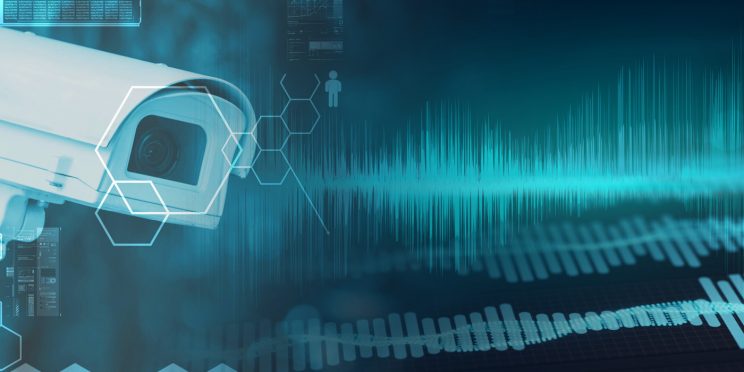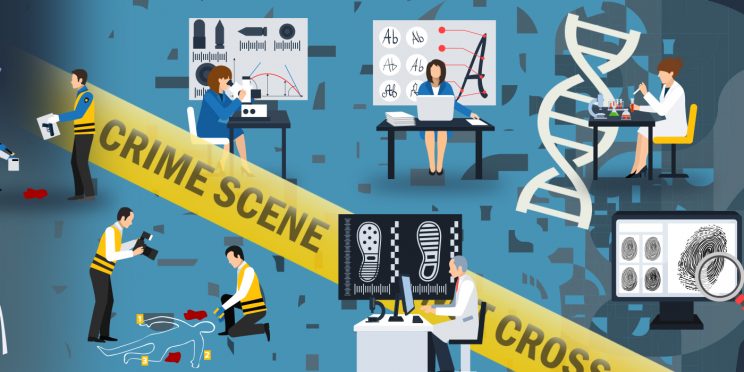Date
April 2018
Overview
Trace evidence represents any small-scale material that could be changed or transferred from a person, object, or environment during the commission of a crime; wood examination is one specialty area of this forensic discipline. The purpose of this workshop was to provide scientists with little or no experience in forensic wood identification an overview of the topic. This workshop included lectures on the macroscopic and microscopic features that are useful for discrimination/classification, sample preparation techniques, and hands-on exercises. Read the in-brief to learn more about this workshop.
“Wood examination is one of the ever-shrinking specialty areas of trace evidence, and training in such areas is often difficult for individual laboratories to provide.”
- Larry Peterson | Trace Evidence Examiner, Retired
Funding for this Forensic Technology Center of Excellence report was provided by the National Institute of Justice, Office of Justice Programs, U.S. Department of Justice.
The opinions, findings, and conclusions or recommendations expressed in this report are those of the author(s) and do not necessarily reflect those of the U.S. Department of Justice.
Contact us at ForensicCOE@rti.org with any questions and subscribe to our newsletter for notifications.




